Curious Questions: How do you make soufflés that don't collapse?
Soufflés have such a reputation for being difficult that many of us don’t even attempt them. Debora Robertson says we should feel the fear and cook them anyway, armed with these secrets for success.
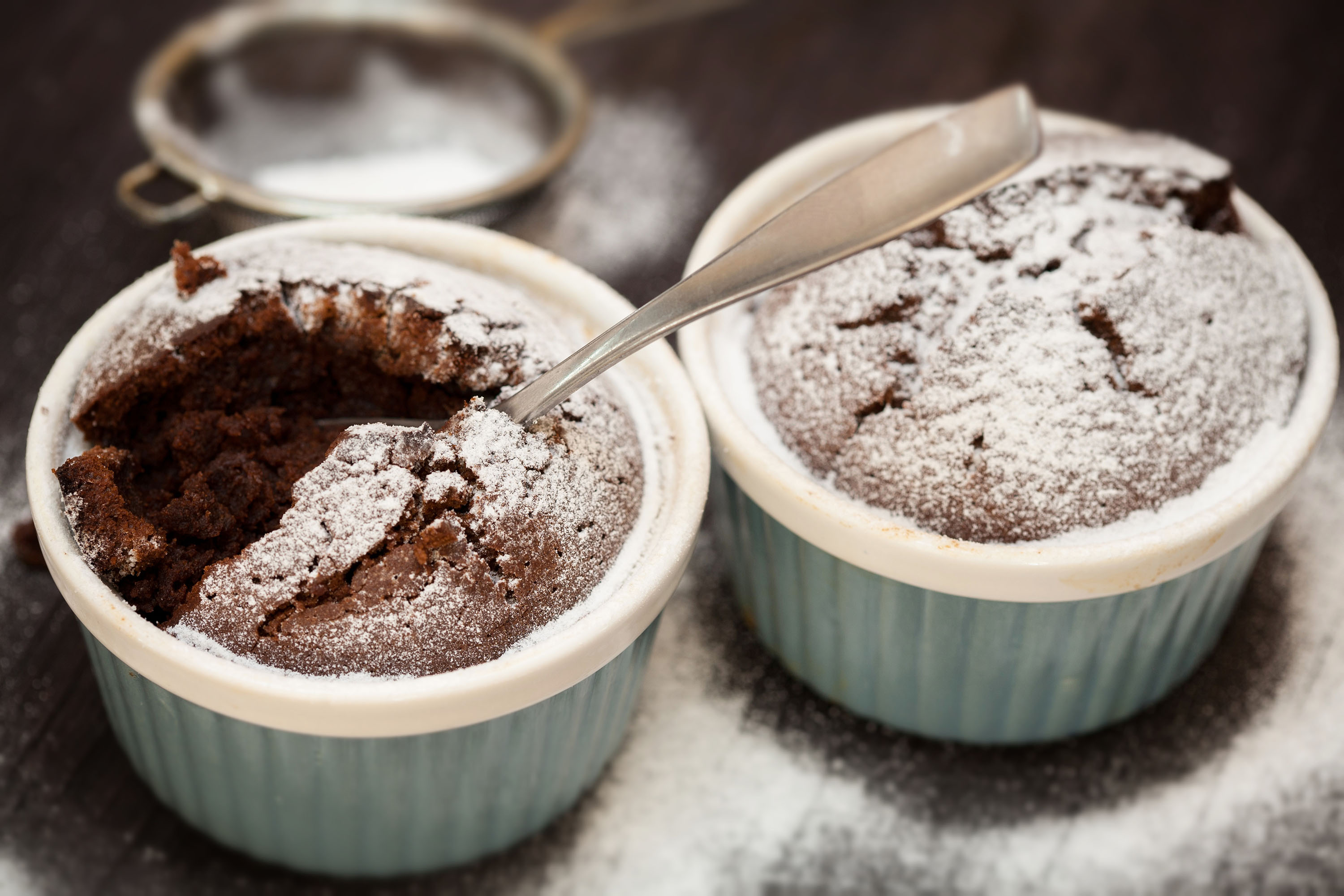
There has never been a better time to embrace the thrilling possibilities of a soufflé. In fact – stand by for a shocker – I’m going to suggest there are few dishes more suited to today’s more casual approach to entertaining.
Gone are the damp-palmed anxieties of rushing to get your soufflé to some distant dining room. You can simply do most of the work ahead of time and embrace the whoosh of admiration as you bring it to the kitchen table, still in its puffed-up pomp.
If you can make a meringue, you can make a soufflé. What is a soufflé, anyway, but a trixied-up clafoutis with a little finishing-school polish?
American food writer James Beard wrote: ‘The only thing that will make a soufflé fall is if it knows you are afraid of it.’ He had a point.
So don’t let their drama-queen reputation put you off. Like many divas, soufflés are not as fragile as they look. Read these tips, follow the recipes below – and if you’re still nervous, try the twice-baked ‘Arnold Bennett’ soufflé first. These are the gateway recipe for many and extremely forgiving.
Get started early
You can make the custard base a couple of days ahead, then just gently warm it before folding in the egg whites at the last minute. Trying to fold them into a cold, stiff custard will knock most of the air out, which is not what you want.
Seasoning
Whether you’re making a savoury or a sweet soufflé, it’s important to season the custard very generously, as adding the egg whites will dull the flavours considerably.
Sign up for the Country Life Newsletter
Exquisite houses, the beauty of Nature, and how to get the most from your life, straight to your inbox.
Get the right eggs, and treat them right
Slightly older eggs at room temperature will give you the best lift.
Whisk the whites until they reach the soft-peaks stage; don’t over-whisk them, as you won’t get such a good rise.
When it comes to folding them in, add a third of the whites to lighten the mixture, then gently fold in the rest in two batches, lifting from the bottom with a metal spoon until just blended.
Making sure they rise
To help your soufflé rise to greatness, use a straight-sided dish brushed with softened – not melted – butter, in an upwards direction.
When you’ve filled the dish two-thirds of the way up and smoothed the top, give it a tap on the counter to knock out large air bubbles, then run your scrupulously clean thumbnail around the edge.
Even how you treat your oven is important
When you put it in the oven, don’t slam the door, as the drafty rush can be flattening. Allow about 25 minutes for large soufflés, 10 for ramekins.
And no peeking. You’re aiming for something that’s well risen, firm around the edges and – like all the best people – with a slight wobble in the middle.
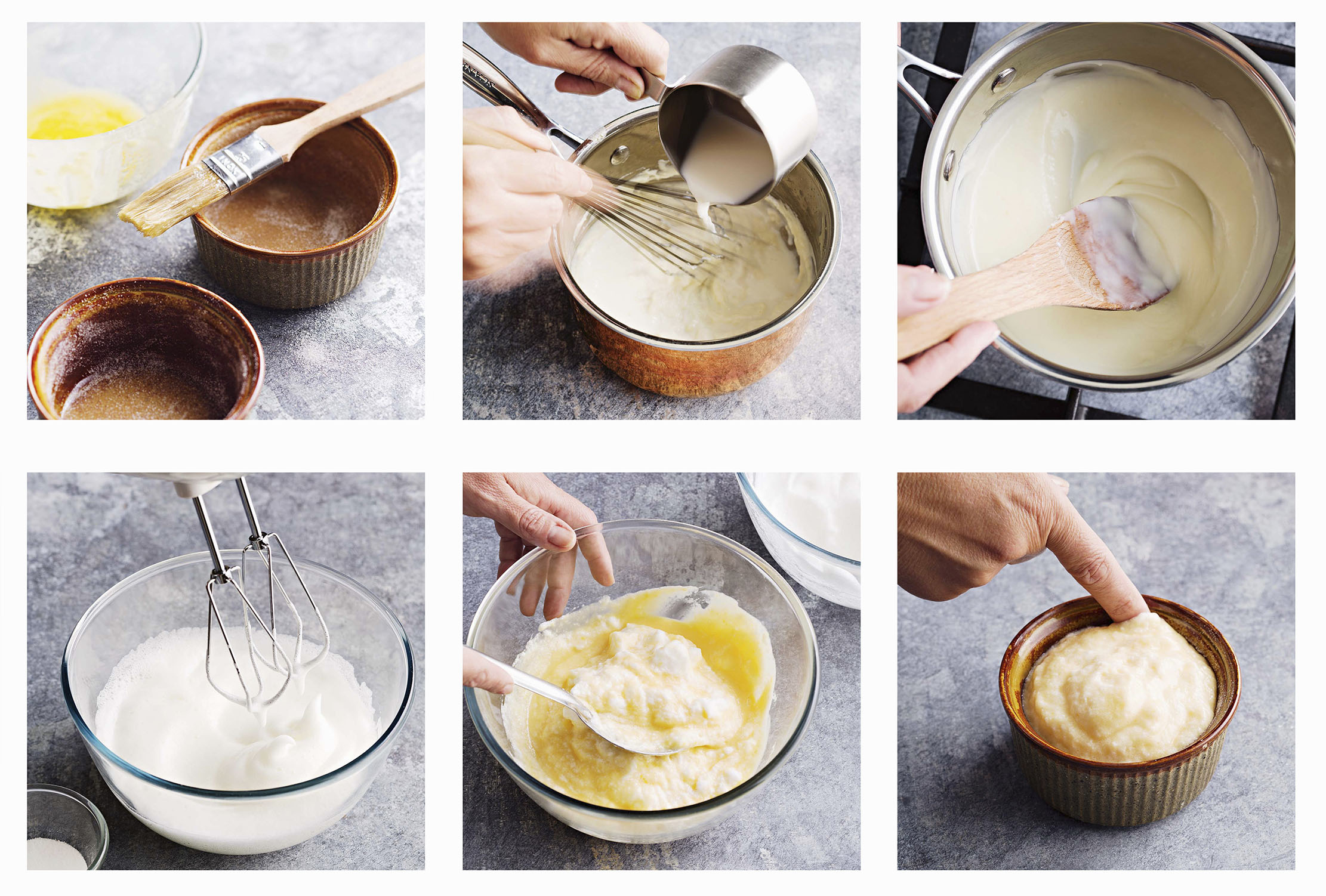
Recipe: Coffee soufflé with hot chocolate sauce
This is a gussied-up version of a soufflé I discovered in Larousse Gastronomique. I serve it with hot chocolate sauce and vanilla ice cream, a study in delicious contrasts.
Ingredients (serves 8)
For the soufflé
- Softened butter, for greasing
- Finely grated chocolate or caster sugar
- 2½tbspn good-quality instant-coffee granules
- 250ml whole milk
- 30g chocolate, 60%–70% cocoa solids,
- broken into small pieces
- 4 eggs, separated
- 3tbspn caster sugar
- 2tbspn light muscovado sugar
- 25g plain flour
- 1tbspn Kahlúa, optional
- Pinch of salt
For the chocolate sauce
- 150g chocolate, 60%–70% cocoa solids
- 200ml double cream
- 1tbspn Kahlúa, optional
- 15g unsalted butter
- Pinch of salt
To serve
- Vanilla ice cream
Method
Preheat your oven to 190˚C/375˚F/gas mark 5. Put a baking sheet in the oven to heat up. Brush an 18cm–20cm soufflé dish well with softened butter, then coat with finely grated chocolate or caster sugar. Alternatively, use eight 200ml–250ml ramekins.
In a small pan over a low heat, dissolve the coffee in the milk. Bring to a bare simmer, remove from the heat, add the chocolate and whisk until melted.
In a large bowl, beat the egg yolks with the caster sugar until pale and thick, then beat in the muscovado sugar and flour.
Slowly trickle in the hot milk, whisking all the time. Pour the mixture into a pan and warm over a medium heat, stirring, until it thickens enough to coat the back of a spoon. Remove from the heat, pour into a bowl and whisk in the Kahlúa.
In a separate bowl, whisk the egg whites with a pinch of salt until they form soft peaks.
Fold the whites into the custard. Pour into the dish or ramekins and cook on the baking sheet for 25 minutes for the large soufflé, 10–12 minutes for ramekins.
To make the chocolate sauce, melt the chocolate with the cream in a heatproof bowl over a pan of barely simmering water, stirring frequently. Remove from the heat and stir in the Kahlúa, butter and salt.
Serve immediately – if you’re making individual soufflés, spoon the ice cream on top after you’ve brought them to the table.
Recipe: Soufflés Arnold Bennett
I first made these twice-baked soufflés at a class given by the people who make Comté cheese. I’ve added smoked haddock, in a riff on the classic omelette Arnold Bennett.
Ingredients (serves 8)
For the soufflés
- 500ml whole milk
- 1 bay leaf
- 250g smoked haddock
- 150g fresh spinach, cooked, squeezed dry
- and finely chopped
- 50g unsalted butter
- 50g plain flour
- 100g Comté cheese, grated
- 4 eggs, separated
- Generous gratings of fresh nutmeg
- Salt and freshly ground pepper
- Softened butter, for greasing
- 30g Parmesan cheese, finely grated
To finish
- Softened butter, for greasing
- 100g Comté cheese, grated
- 400ml double cream
Method
Preheat your oven to 220˚C/430˚F/gas mark 7. Put the milk, bayleaf and haddock in a saucepan. Bring to a simmer, remove from the heat and leave the haddock to poach with the lid on for 10 minutes. Remove the fish from the pan, reserving the milk, and break it into small flakes, discarding any skin and bones.
Put the reserved milk and spinach in a pan. Bring to the boil and remove from the heat.
Melt the butter in a saucepan over a medium heat. Stir in the flour and cook, stirring, for a minute. Pour in the spinach, stirring constantly, and simmer until the sauce is thickened, for about four minutes.
Remove from the heat and stir in the Comté until melted. Beat in the egg yolks one at a time, then fold in the haddock. Season very well with nutmeg, salt and pepper.
In a separate bowl, whisk the egg whites with a pinch of salt until they form soft peaks. Fold into the haddock mixture.
Butter eight 200ml–250ml ramekins or dariole moulds and dust with Parmesan. Spoon in the mixture so each is two-thirds full.
Place the ramekins in a roasting tin and pour boiling water into the tin until it comes halfway up the sides. Cook the soufflés for 20–22 minutes, until puffed up and golden.
Remove from the oven and leave in the tin to cool. Run a spatula around each ramekin and turn the soufflés out. You can do this a day ahead – wrap them in clingfilm and refrigerate.
Preheat oven to 220˚C/430˚F/gas mark 7. Butter an oven dish large enough to hold the soufflés without touching. Sprinkle half of the cheese in the bottom and arrange the soufflés on top. Pour in the cream and sprinkle with the remaining cheese. Bake for 15–20 minutes, until golden. Serve immediately.
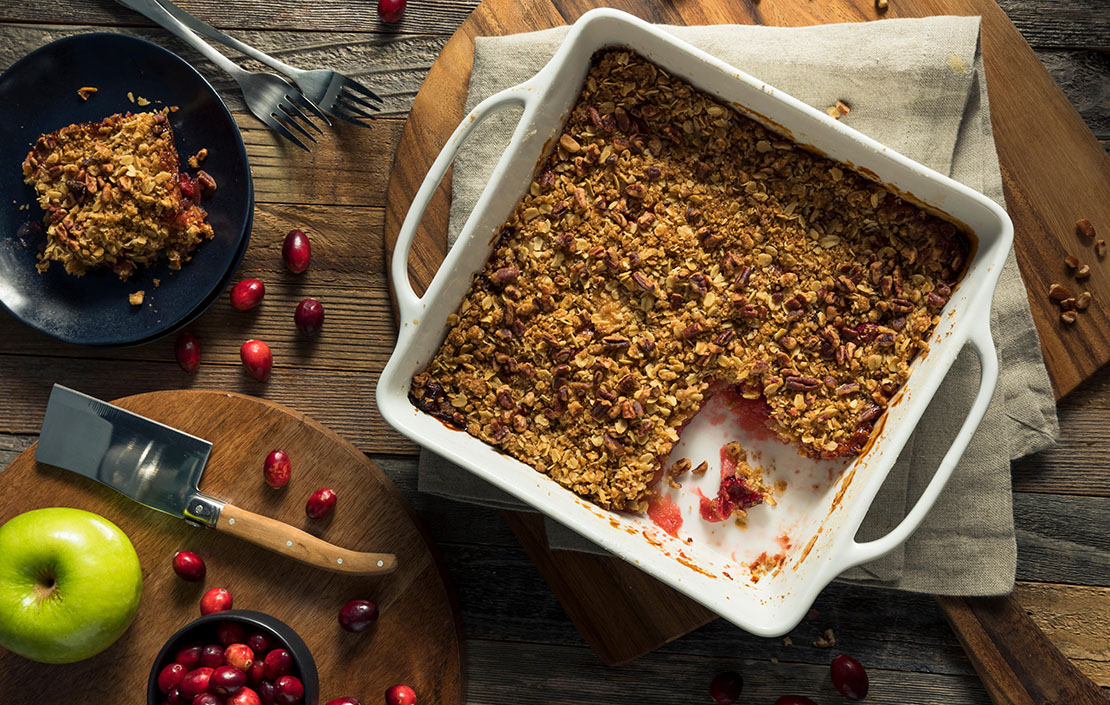
Credit: Alamy Stock Photo
Why we all love a crumble and how to make yours the best in the family
It feels as if we’ve been eating them forever, yet they’re actually a relatively recent and possibly American–invention. Debora Robertson
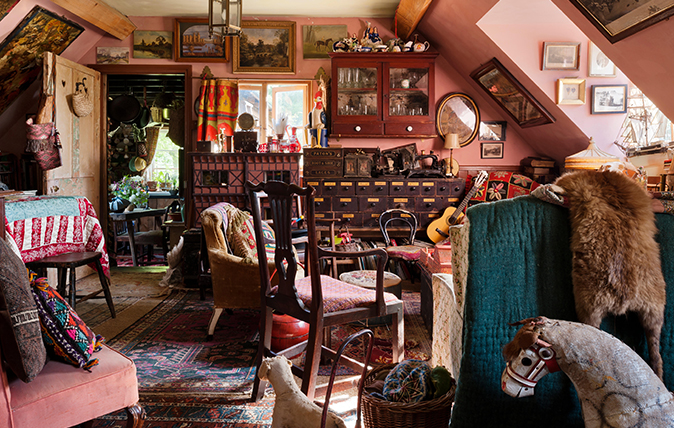
How to declutter your house without losing your mind
Decluttering a house filled with inherited treasures can be a monumental challenge. Debora Robertson explains how to sort out your
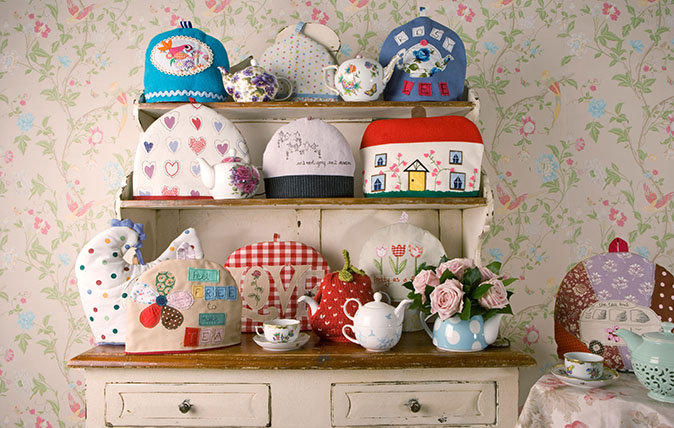
Curious Questions: Has the tea cosy gone forever?
Is it all over for the once ubiquitous tea cosy? Debora Robertson investigates.
-
 Why British designers dream up the most desirable hotels
Why British designers dream up the most desirable hotelsWhen it comes to hotel design, the Brits do it best, says Giles Kime.
By Giles Kime Published
-
 The five minute guide to 'The Great Gatsby', a century on from its publication
The five minute guide to 'The Great Gatsby', a century on from its publication'The Great Gatsby' sold poorly the year it was published, but, in the following century, it went on to become a cornerstone of world literature.
By Carla Passino Published
-
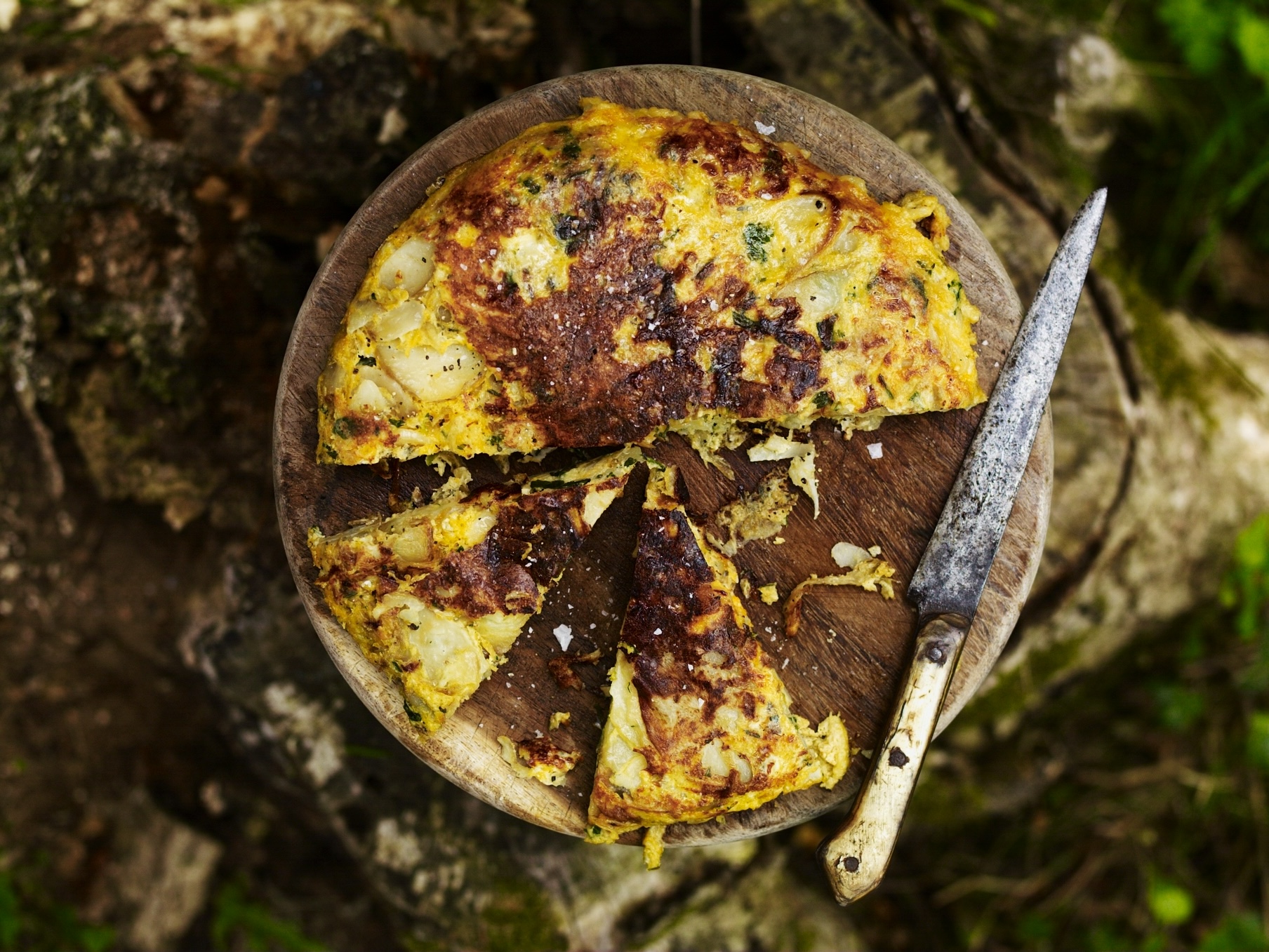 Gill Meller's recipe for a seasonal new potato omelette, with smoked garlic, onions and Cheddar cheese
Gill Meller's recipe for a seasonal new potato omelette, with smoked garlic, onions and Cheddar cheeseBy Gill Meller Published
-
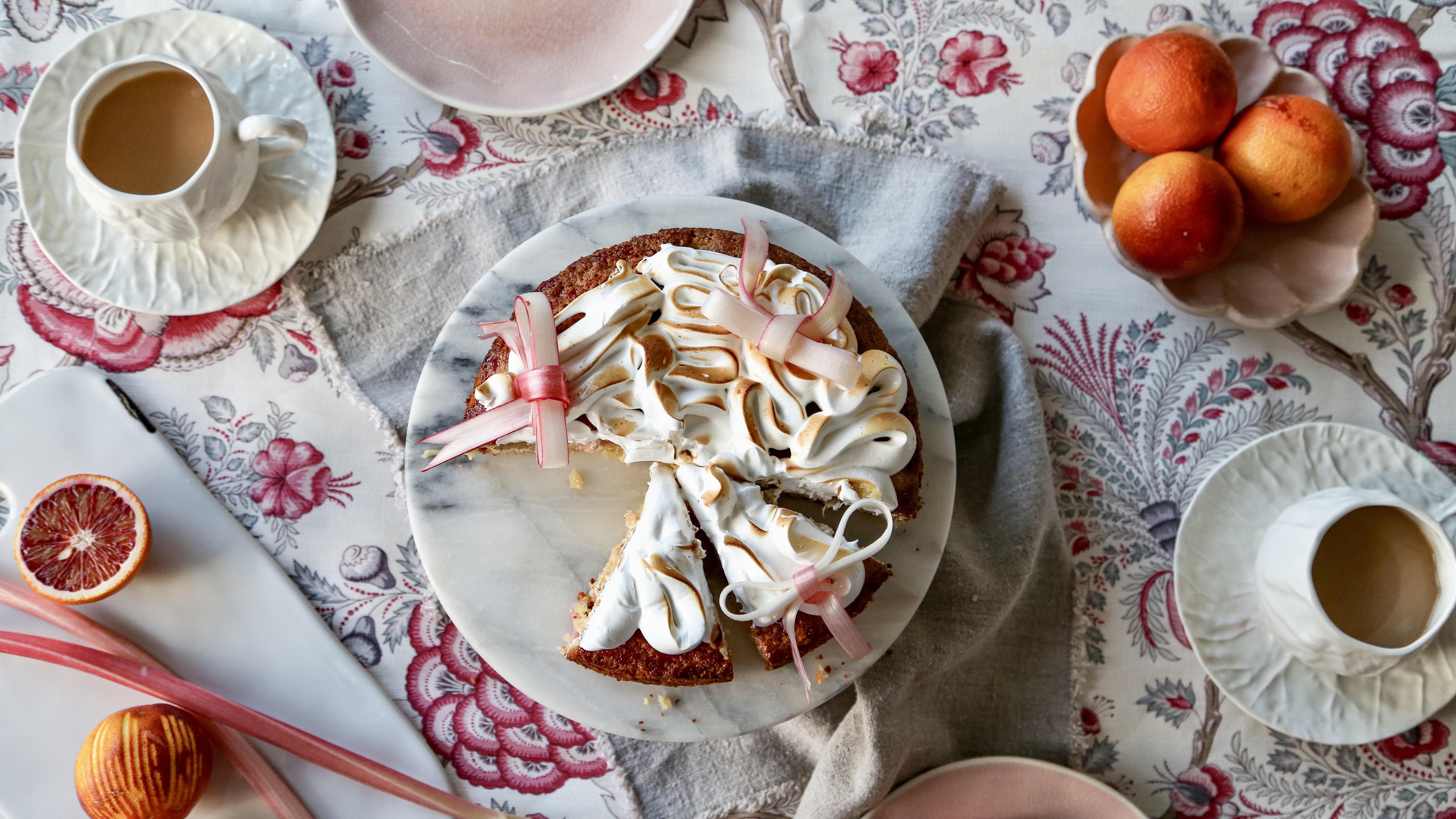 How to make a rhubarb and Swiss meringue cake that's almost too pretty to eat
How to make a rhubarb and Swiss meringue cake that's almost too pretty to eatMake the most of the last few stems of forced rhubarb.
By Melanie Johnson Published
-
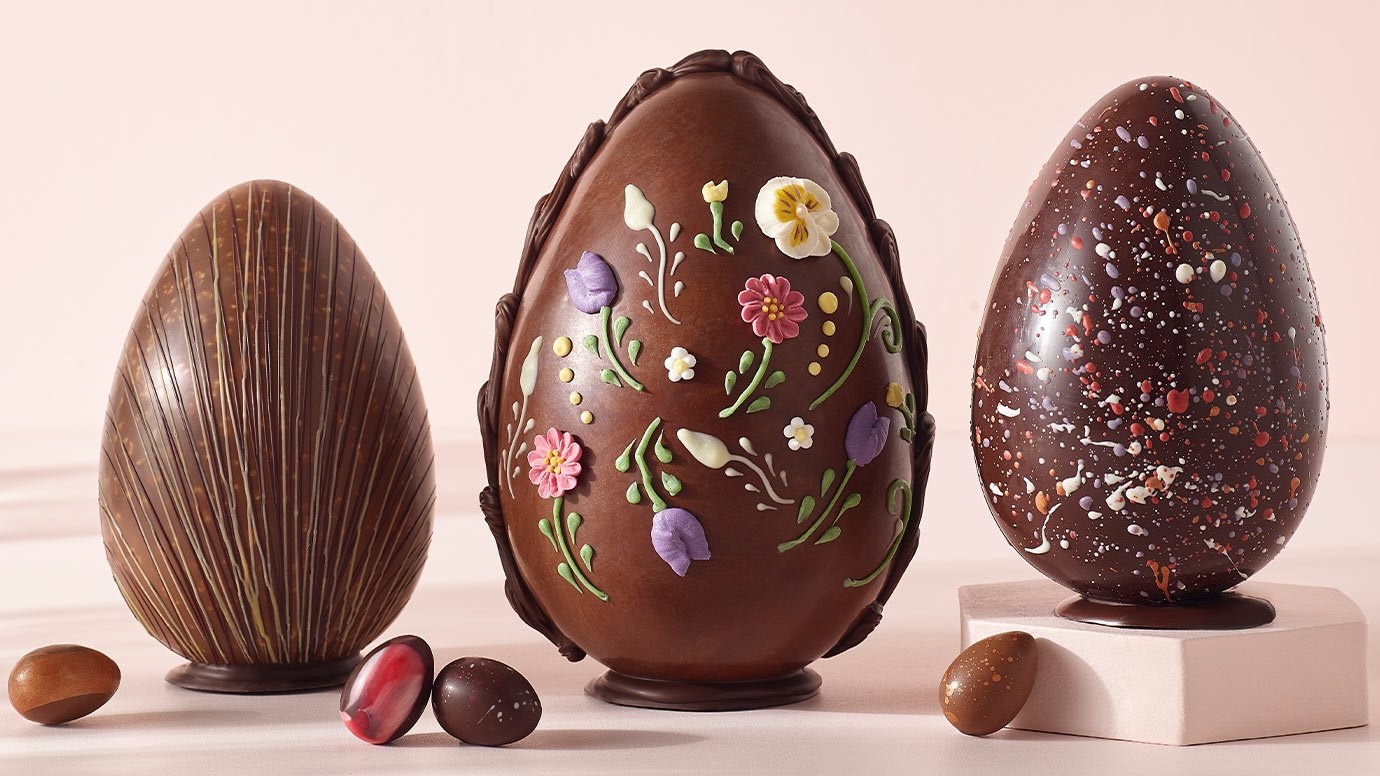 The prettiest Easter eggs for 2025
The prettiest Easter eggs for 2025Warning: Don't read if hungry.
By Rosie Paterson Published
-
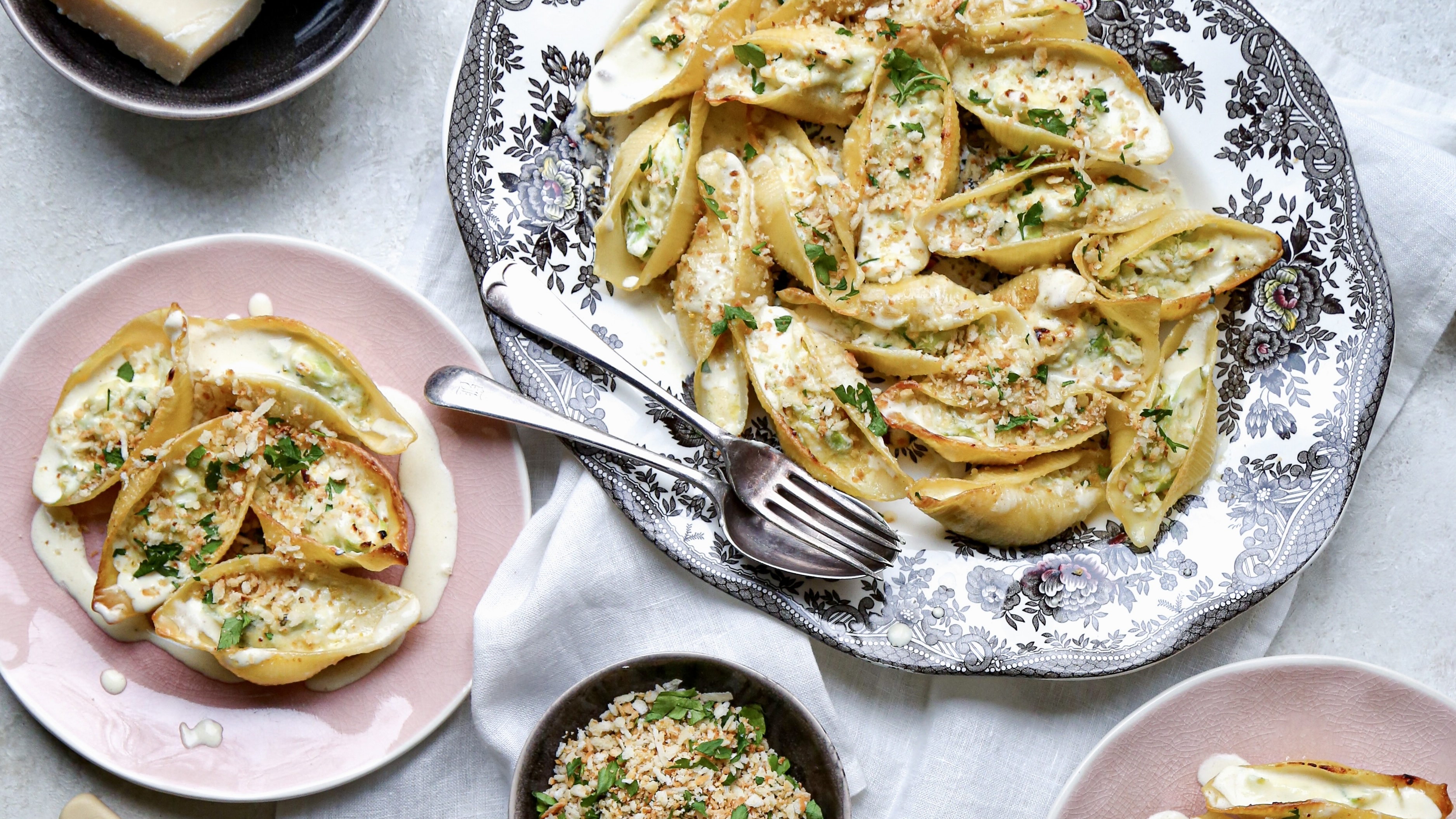 An Italian-inspired recipe for lemon-butter pasta shells with spring greens, ricotta and pangrattato
An Italian-inspired recipe for lemon-butter pasta shells with spring greens, ricotta and pangrattatoSpring greens are just about to come into their own, so our Kitchen Garden columnist reveals exactly what to do with them.
By Melanie Johnson Published
-
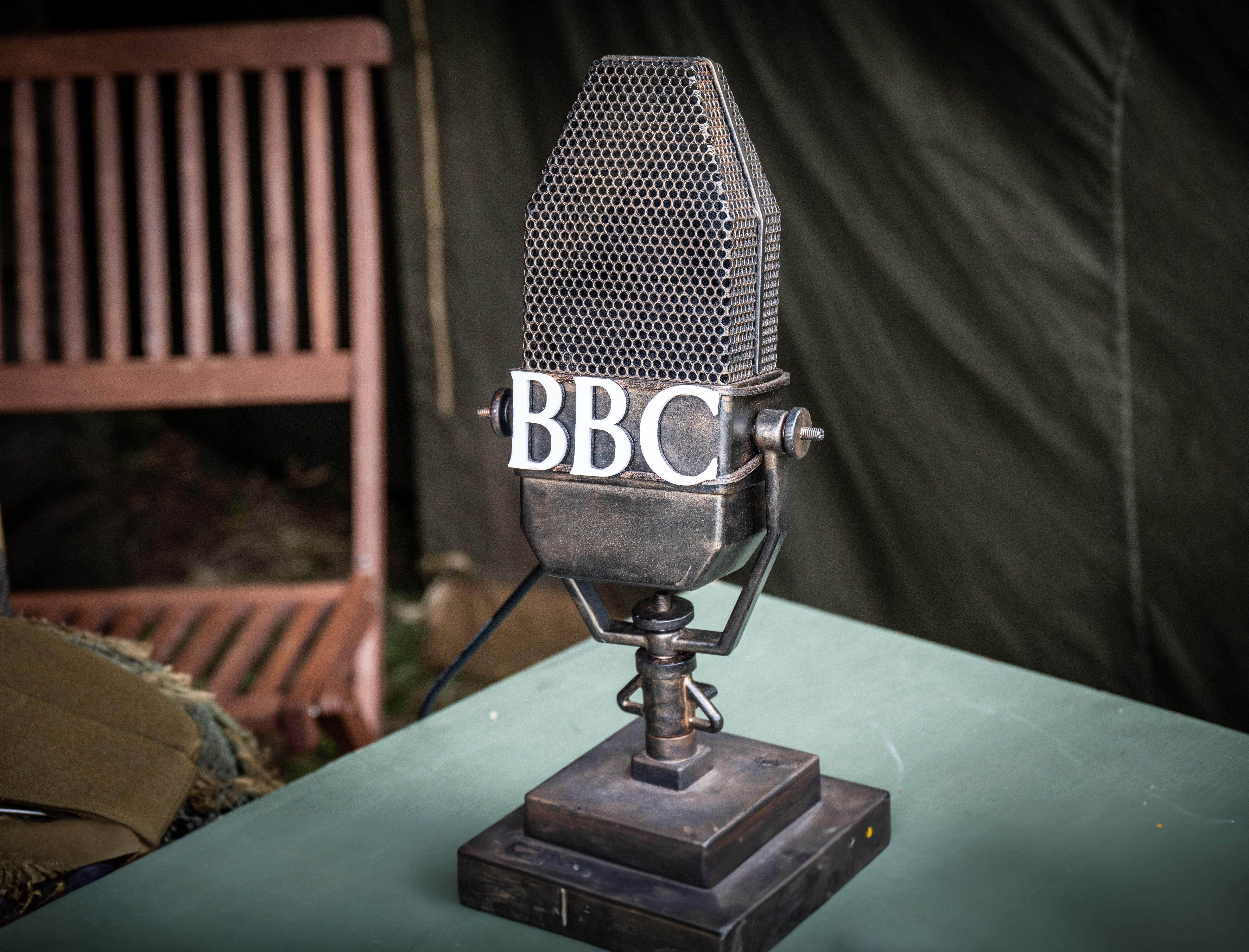 Curious Questions: What is the greatest April Fool's prank ever played?
Curious Questions: What is the greatest April Fool's prank ever played?As April 1 looms, Martin Fone tells the tale of one of the finest stunts ever pulled off.
By Martin Fone Published
-
 Tom Parker Bowles's Tour de Fromage, from creamy Camembert and spicy, pungent Époisses to the 'mighty, swaggering Roqueforts'
Tom Parker Bowles's Tour de Fromage, from creamy Camembert and spicy, pungent Époisses to the 'mighty, swaggering Roqueforts'The chef and food writer Tom Parker Bowles picks out his all-time favourite cheeses from across the Channel in France, from buxom, creamy Camembert to mighty, swaggering Roquefort.
By Tom Parker Bowles Published
-
 'For here is pure noodle nirvana': How to make Tom Parker Bowles's favourite Thai soup
'For here is pure noodle nirvana': How to make Tom Parker Bowles's favourite Thai soupThe best bit about south-eat Asian-inspired soups is the fact that you can make them entirely your own, from mellow and comforting to blow-your-head-off hot.
By Tom Parker Bowles Published
-
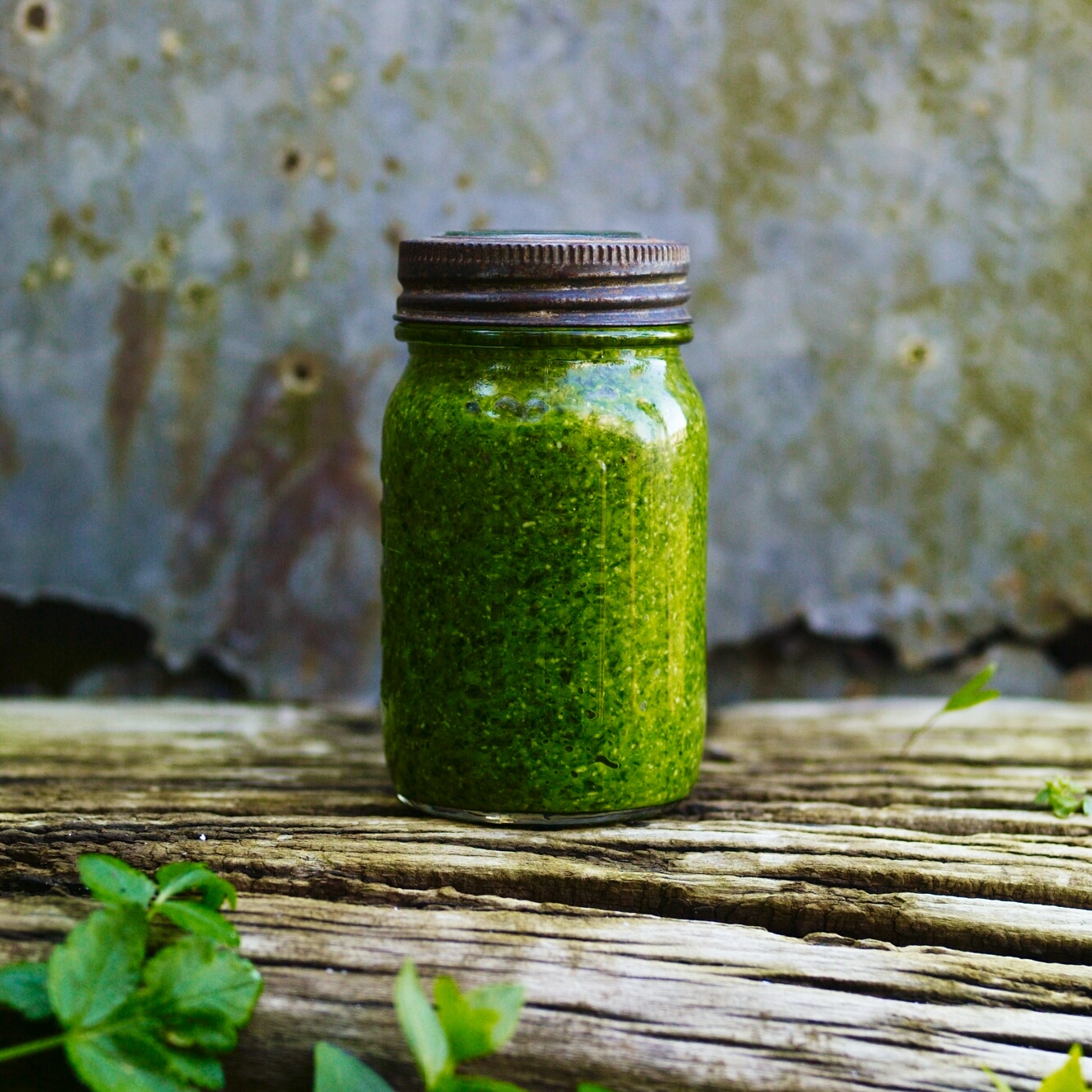 Gill Meller's recipe for wild garlic pesto
Gill Meller's recipe for wild garlic pestoThe appearance of wild garlic is a sure sign that spring is on the way. Make the most of it with this quick and easy recipe for 'intense' pesto.
By Gill Meller Published